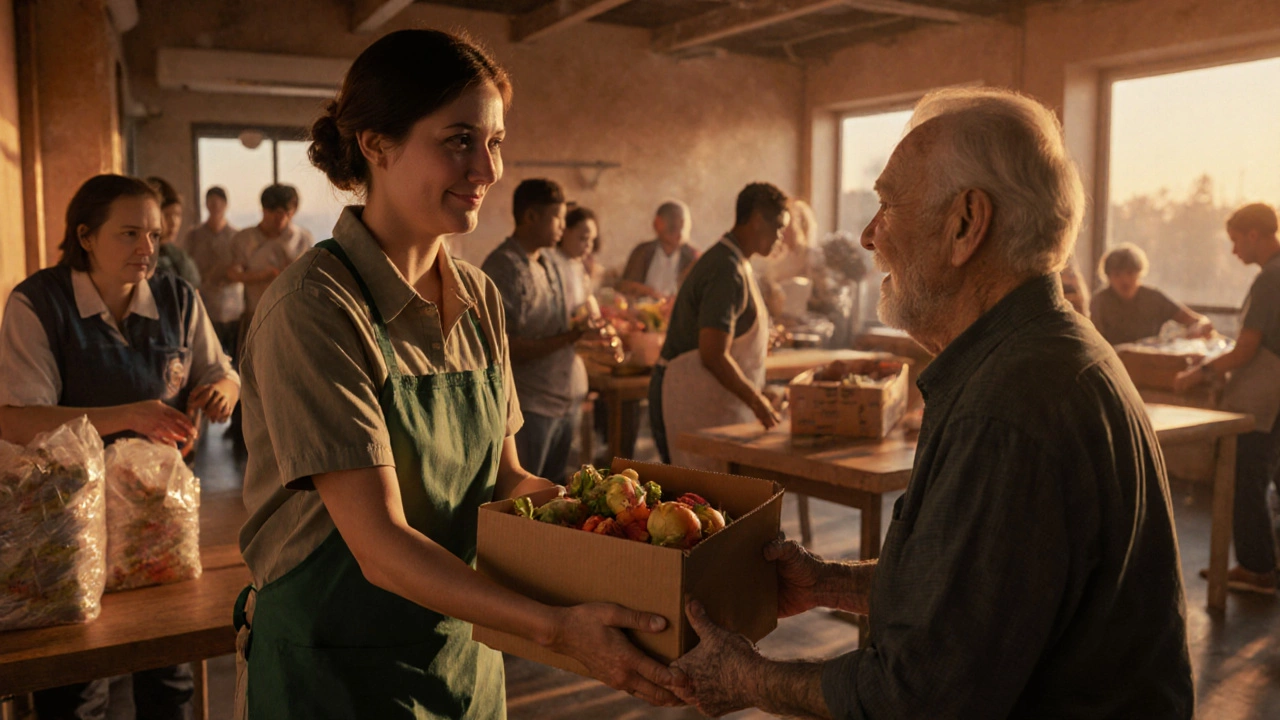Volunteerism: How Giving Time Shapes Communities
When we talk about volunteerism, the practice of offering time, skills, or effort to help others without expecting payment. Also known as volunteering, it fuels social change and personal growth. Volunteer health benefits, lower rates of depression, anxiety, heart disease and loneliness among regular volunteers illustrate why many see it as a two‑way street. At the same time, volunteer retention, the strategies that keep people staying longer in a role proves crucial because the good work stops when volunteers quit. Finally, gender volunteer statistics, data that shows which gender participates more and why the gap exists help organisations design fairer programs. All these pieces connect: volunteerism encompasses health benefits, requires retention tactics, and is influenced by gender patterns.
Why Health Benefits Matter and How to Spot Them
Researchers repeatedly find that people who volunteer regularly enjoy measurable health perks. A 2023 community health survey showed a 20% drop in reported depression among active volunteers compared with non‑volunteers. The same study linked consistent volunteering to a 15% lower risk of heart‑related issues. These figures aren’t just numbers; they mean fewer doctor visits, lower stress, and a stronger sense of purpose. If you’re curious whether volunteering could boost your own wellbeing, start by tracking mood changes after each session and note any physical differences you feel. Small steps like joining a local food‑bank drive or mentoring a student can launch those benefits quickly.
But good health outcomes don’t appear by accident. They need the right kind of engagement, which brings us to retention. When organisations provide clear expectations, regular feedback, and opportunities for skill growth, volunteers stay longer, and the health ripple effect spreads farther. A simple volunteer handbook outlining duties, training schedules, and recognition methods can cut turnover by half. Think of retention as the glue that keeps the health chain unbroken.
Gender volunteer statistics reveal another layer. In India, data from 2022 shows women make up about 55% of volunteers in education‑focused programs, while men dominate construction‑related initiatives at 62%. Understanding these trends helps NGOs tailor outreach: flexible timing may attract more women, while skill‑based challenges draw men. When programmes respect these preferences, they not only boost numbers but also improve overall impact.
Community outreach roles sit at the intersection of all these entities. Whether you’re coordinating a local clean‑up or leading a health‑awareness campaign, the outreach coordinator must juggle health‑focused messaging, retention tactics, and gender‑sensitive recruitment. Knowing how each piece fits lets you design programs that are inclusive, sustainable, and truly transformative. Below you’ll find a hand‑picked collection of articles that dig deeper into each of these angles – from practical tips on keeping volunteers motivated to data‑driven guides on addressing gender gaps. Ready to explore? Let’s see what insights await you in the posts ahead.
Why Volunteers Aren’t Paid: Understanding the Economics and Ethics of Unpaid Service
Explore why volunteers aren't paid, covering nonprofit budgets, labor laws, personal motivations, and community benefits in a clear, practical guide.
Read More